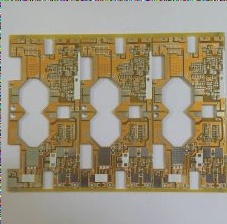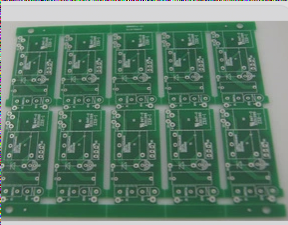Exploring Negative Clipper Circuits
In the realm of Clipper Circuits, negative clipper circuits play a crucial role in attenuating the negative segments of input signals. These circuits come in various types and are utilized in diverse applications. Let’s delve into the intricacies of negative clipper circuits in this article.
Negative Clipper Circuit Overview
Below is a representation of a typical negative clipper circuit:

Various types of negative clipper circuits include:
- Negative series clipper
- Negative series clipper with a negative reference voltage, Vr
- Negative series clipper with a positive reference voltage, Vr
- Negative parallel clipper
- Negative parallel clipper with a negative reference voltage, Vr
- Negative parallel clipper with a positive reference voltage, Vr
Let’s further explore the design, operation, and waveforms associated with these negative clipper circuits.
Negative Series Clippers

When analyzing the waveforms of negative series clippers, we observe the clipping of the negative portion of the waveform due to the conduction voltage of the diode. This deviation from the ideal waveform is typically around 0.7V.
Negative Series Clipper with Positive Reference Voltage

By introducing a positive reference voltage, Vr, in the circuit, the negative portion of the input waveform can be effectively attenuated. The resulting output waveform reflects this attenuation.
Negative Series Clipper with Negative Reference Voltage

Utilizing a negative reference voltage, Vr, in this configuration allows for the clipping of the negative portion of the waveform after reaching the reference voltage. The output waveform demonstrates this clipping effect.
Negative Clipper Circuits Overview
When it comes to clipper circuits, there are various configurations that can be utilized. In this article, we will focus on negative clipper circuits, specifically the negative parallel clipper and the two-way clipper circuit.
Negative Parallel Clipper
The negative parallel clipper involves connecting a diode in parallel with the input signal to clip the negative portion of the waveform. During the positive input cycle, the diode behaves like an open switch, while during the negative cycle, it acts as a closed switch. This results in only the negative peak of the waveform being clipped.

The Two-Way Clipper Circuit
The two-way clipper circuit combines both negative and positive clipper circuits, creating a combinational circuit. This circuit allows for clipping of both positive and negative portions of the waveform. The waveform and circuit diagram are illustrated below.

Latest Developments in Clipper Circuits
Recent advancements in clipper circuits have focused on improving efficiency and reducing signal distortion. Innovations such as enhanced diode technologies and optimized circuit layouts have led to more precise clipping of waveforms, resulting in higher fidelity audio and data transmission.
Conclusion
Understanding the principles behind negative clipper circuits is crucial for signal processing and electronics design. By exploring different circuit configurations and their waveforms, engineers can tailor clipping effects to meet specific application requirements, ensuring optimal performance and signal integrity.



